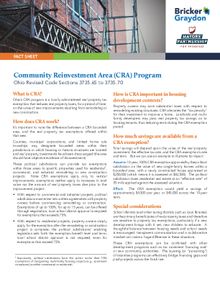FUNDING | Team Work Makes the Dream Work
Funding
Successfully planning, funding, and building housing requires a mix of local leadership and technical expertise. Seek to engage members of your community and council, as well as developers (non-profit and for-profit), land banks, and grant writers.
As you build your team, intentionally include folks with the following qualifications:
As you build your team, intentionally include folks with the following qualifications:
Core Team Member
Representative (You or a Council Member)
Role
Provides vision, community priorities, and local approvals.
Developer or Development Consultant
Leads the project from concept to construction and leasing.
Grant Writer or Funding Strategist
Identifies and applies for grants, loans, and tax credits.
Architect/Planner
Designs housing that fits local needs and zoning.
Engineer (Civil or Structural)
Ensures infrastructure feasibility.
Legal Advisor
Handles contracts, zoning, and compliance.
Community Engagement Lead
Builds local support and gathers input.
Property Manager (if rental units)
Oversees leasing and maintenance post-construction.
Optional but Valuable Partners
Nonprofit Housing Organization
Role
Brings mission-driven expertise and may qualify for funding.
Land Bank Representative
Helps identify and acquire properties.
Local Economic Development Agency
May assist with incentives or infrastructure.
Service Providers
For projects serving seniors, veterans, or people with disabilities.
Keep in mind your Developer or Development Consultant, whether a firm or an individual, may have many of the qualifications or experience listed under Core Team members, and others may serve in dual roles (example – Grant Writer & Community Engagement lead may actually be the Village Administrator; Development Consultant may also be an experienced funding strategist, and/or staff architects, engineers, and grant writers).
The most important thing is to build trust with these individuals and ensure they’re willing to work with you for the long term to bring housing projects from concept to development in your community.
The most important thing is to build trust with these individuals and ensure they’re willing to work with you for the long term to bring housing projects from concept to development in your community.
Factsheet: Ohio's Most Utilized Funding Programs that can Support Housing Development
 PDF
PDF
BACK
NEXT
